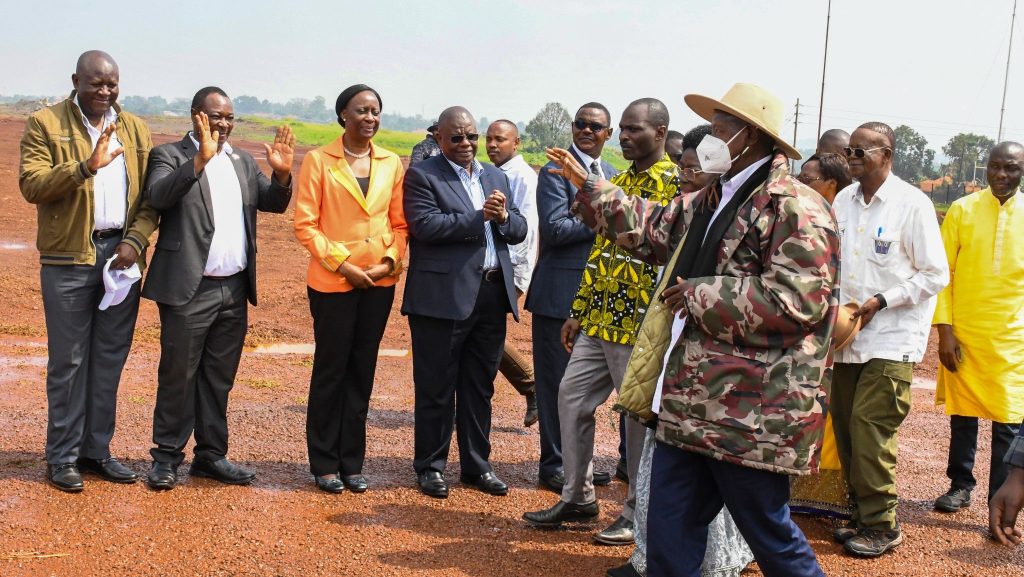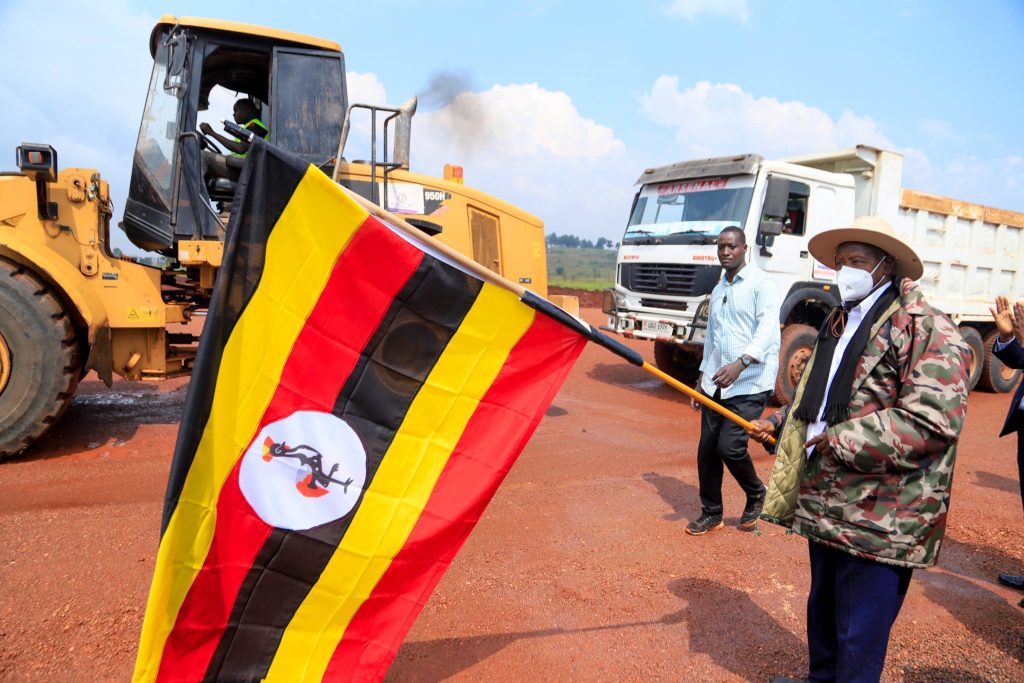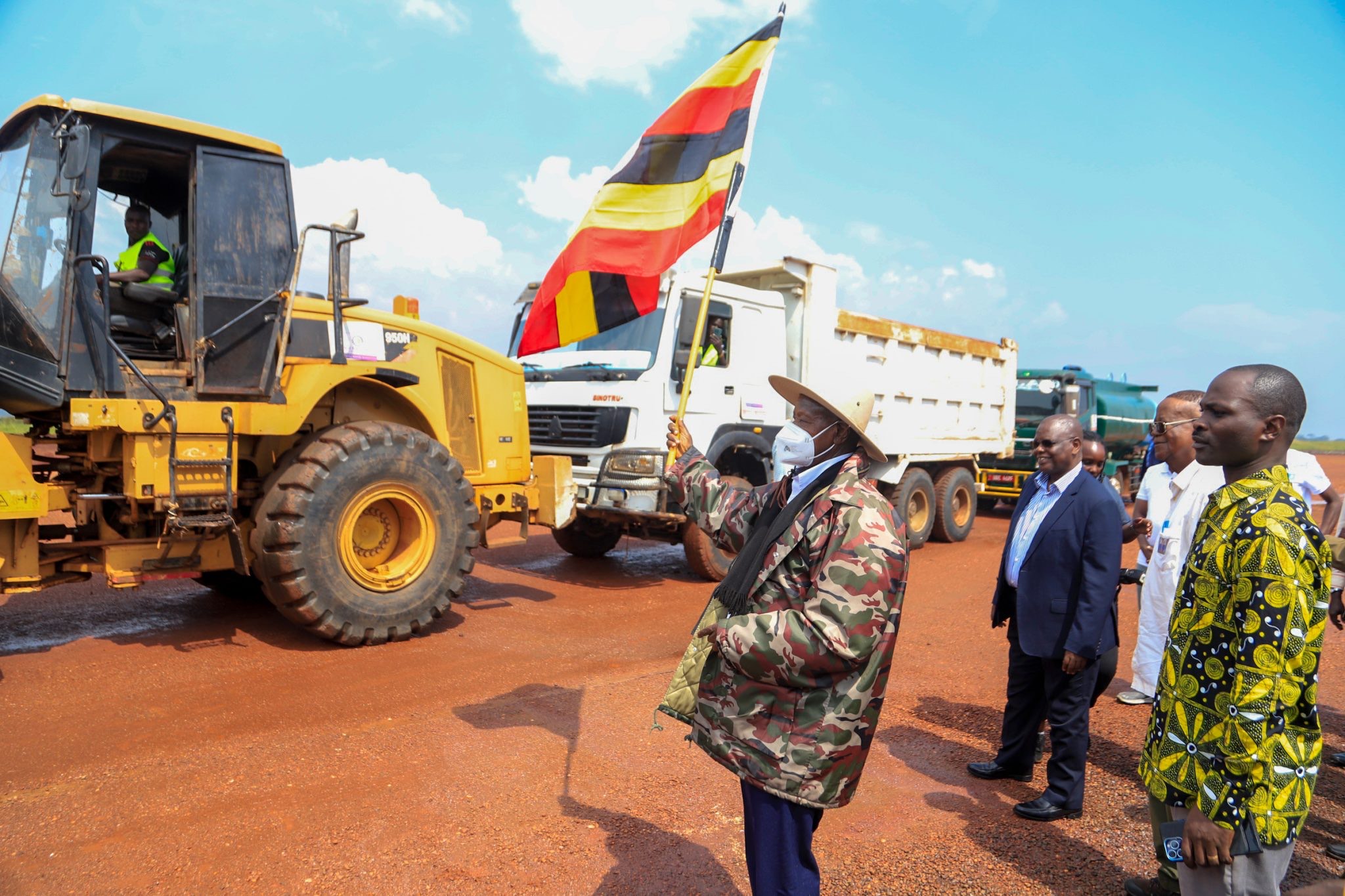A road that’s never repaired will never lead to new destinations — and Uganda is making sure its airways don’t fall into the same trap.
President Yoweri Museveni has officially launched the upgrade of Jinja Airfield, a long-awaited project set to transform the airstrip into a major gateway for trade, tourism, and development.
Established in the 1950s during the construction of the Owen Falls Dam, Jinja Airfield has spent decades in the shadows — serving mainly as a training ground for pilots at the Vine Air Flight Academy and a hangar for police helicopters. But with this new redevelopment, the airfield is ready to take its rightful place in Uganda’s growing aviation network.
The UGX 23 billion project will kick off with the construction of a modern runway, an apron, and vital infrastructure, paving the way for larger aircraft and increased air traffic. Plans are already in motion to secure an additional UGX 40 billion for further expansion, ensuring the airfield’s long-term transformation.


Speaking at the launch event, President Museveni directed the Uganda Civil Aviation Authority (UCAA) to work closely with other government agencies to extend the current 2.5 km runway to 3.5 km — a move that would position Jinja Airfield to handle bigger planes and heavier cargo.
“If there is government land, then that makes work easy; engage the relevant authorities to allocate land for expansion,” Museveni urged.
He also stressed the strategic importance of having an airport in Jinja, a bustling industrial hub.
“When I use a helicopter to Jinja, it takes 25 minutes; that means when I use a jet, the duration is even shorter,” he said, highlighting the efficiency air travel would bring.
The upgrade of Jinja Airfield is part of Uganda’s broader vision to modernize its aviation infrastructure, with similar plans underway for airstrips in Arua and Kidepo. These efforts are expected to attract high-end tourists who prefer flying directly to their destinations, reducing long road journeys and boosting the country’s appeal as a travel hotspot.
State Minister for Transport, Fred Byamukama, emphasized the economic opportunities this project presents, pointing out Uganda’s current disadvantage due to limited aviation facilities.
“We lose rich tourists because they own private jets and prefer to fly directly to tourist attractions. “When we don’t have enough airports, they go elsewhere,” Byamukama explained.
First Deputy Prime Minister Rebecca Kadaga also identified potential land for the airfield’s expansion.
“Your Excellency, we need 7 hectares of land from the UPDF and NFA, plus more than 400 acres in Buwenda.We can utilize this for expansion,” Kadaga noted.
Local leaders in Jinja have welcomed the development with open arms, seeing it as a catalyst for increased tourism and economic growth. Moses Grace Balyeku, former Member of Parliament for Jinja South West constituency, expressed his excitement.
“We shall have more tourists because they can fly to Jinja instead of spending hours on the road from Entebbe,” he said.
Former Resident District Commissioner Eric Sakwa echoed these hopes, emphasizing the airfield’s potential to attract investment and create jobs.
As Jinja Airfield prepares for takeoff, this ambitious upgrade stands as a symbol of Uganda’s determination to strengthen its aviation sector and unlock new opportunities for trade, tourism, and regional development.


